How Lifting Foils Will Help the IMOCA 60
Published on September 25th, 2015
The new generation of IMOCA 60 are stepping into the world of foils, with Morgan Lagravière’s recently launched Safran leading the way. With five more VPLP-Verdier designed boats launched since also equipped with them, is this a gamble or brilliance? What is the purpose of these lifting appendages, specially designed in pursuit of the Vendée Globe title?
“To go fast, a boat must balance lightness with power,” notes Vincent Lauriot-Prévost. “These two concepts, often contradictory, can be combined thanks to the foils. The foils make it possible to create dynamic power and thus lighten the boat. Although lifted, an IMOCA equipped with foils does not literally fly, and is not more powerful, but it sails in a more aerial way, with less wetted surface and therefore less drag. Hence there is a significant gain in speed at certain angles.”
Due to the limit of five appendages on the IMOCA (two rudders, a keel, and two daggerboard foils), the challenge was to conceive of a geometric solution for achieving a single appendage that could both lift the boat on downwind angles and give control upwind. The research by the architects led to these ‘Dali moustaches’.
The arguments in favour of the now famous lifting appendages that Safran is equipped with, convinced the other teams who had started the construction of new generation IMOCA 60: Banque Populaire, Edmond de Rothschild, Hugo Boss, Vento di Sardegna and St Michel-Virbac. It is also possible that we will see at the beginning of 2016 skippers of older generation boats ask the question of replacing their straight dagger boards with foils. However, any changes are currently blocked by a strategic agreement.
At the request of the teams that have built new IMOCA, VPLP and Guillaume Verdier signed an exclusive contract and are committed to not work on older generation boats in the development of foils. In January 2016, the architects will be released from this clause and will be able to collaborate with existing IMOCA skippers who choose, or not, to replace their straight daggerboards with foils.
“All the competitive teams are interested in them but they are observing, and waiting for the first results before changing everything,” said Guillaume Verdier.
Boats designed for the Vendée Globe
“It’s on downwind angles, and especially when reaching (side-on to the wind), that the theoretical gain is most significant,” Lauriot-Prévost explains. “Strong winds are also favourable: the faster the boat goes, the more the keel and the foils lift and the lighter it gets.”
Following a 24-hour sail on board Safran, Verdier agrees: “Downwind, I was also struck that the behaviour of the boat was healthier,” he says. “Thanks to the effect of the lifting appendages, it slams less and the stresses on the structure are reduced.”
On the negative side, the foils do not offer the same surface control of a traditional straight dagger board, meaning there is a handicap upwind, especially in light weather, because they then generate a greater drag. But upwind sailing represents only about 10-15% of the conditions encountered during a Vendée Globe. Thus, the new generation boats are particularly designed for the southern seas where solo sailors normally sail downwind; in strong winds and big seas.
“The choice of the foils constitutes risk-taking, but it’s calculated risk taking because we did a lot of studies and routings of the Vendée Globe course,” Quentin Lucet, an architect at VPLP, says reassuringly. On paper, the foils could take two days off the record of 78 days set by François Gabart in 2013. These promising simulations still need to be confirmed on the water.
The Transat Jacques Vabre, a full-scale test
As we see, the performance of the new IMOCA 60 is subject to weather conditions. That is why the architects and the sailors are careful not to draw too hasty conclusions. The races held so far (the Record SNSM, Artemis Challenge and Fastnet Race) were certainly to the advantage of the most optimised older generation boats (PRB, SMA, Quéguiner – Leucémie Espoir). But these events took place on short courses and generally in 10-15 knots of wind, conditions far from representative of a round-the-world race.
“We’re in the middle of understanding the foils,” Lucet says. “The IMOCA rules forbid dynamic adjustment of the incidence of foil. We must find the best compromise to increase performance when reaching and reduce the deficit on upwind angles. These are very fine calibrations and adjustment that will, hopefully, increase the effectiveness of the foils, and thus make the boats more versatile. We’ve seen some really promising phases, and we have to continue sailing to refine their use.”
Safran will serve as a sort of ‘floating laboratory’ on the Atlantic and at the end of the Transat Jacques Vabre we will know a lot more about the behaviour of foils and their effectiveness.
Source: Safran Sailing Team


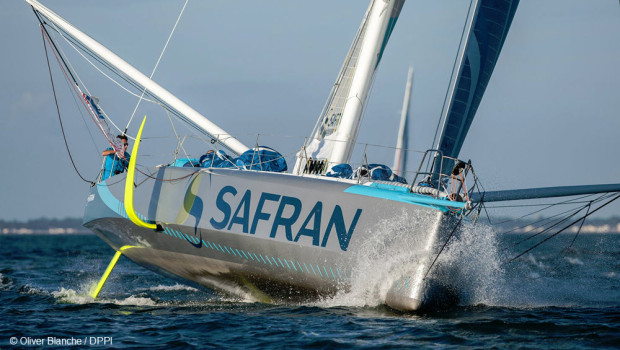

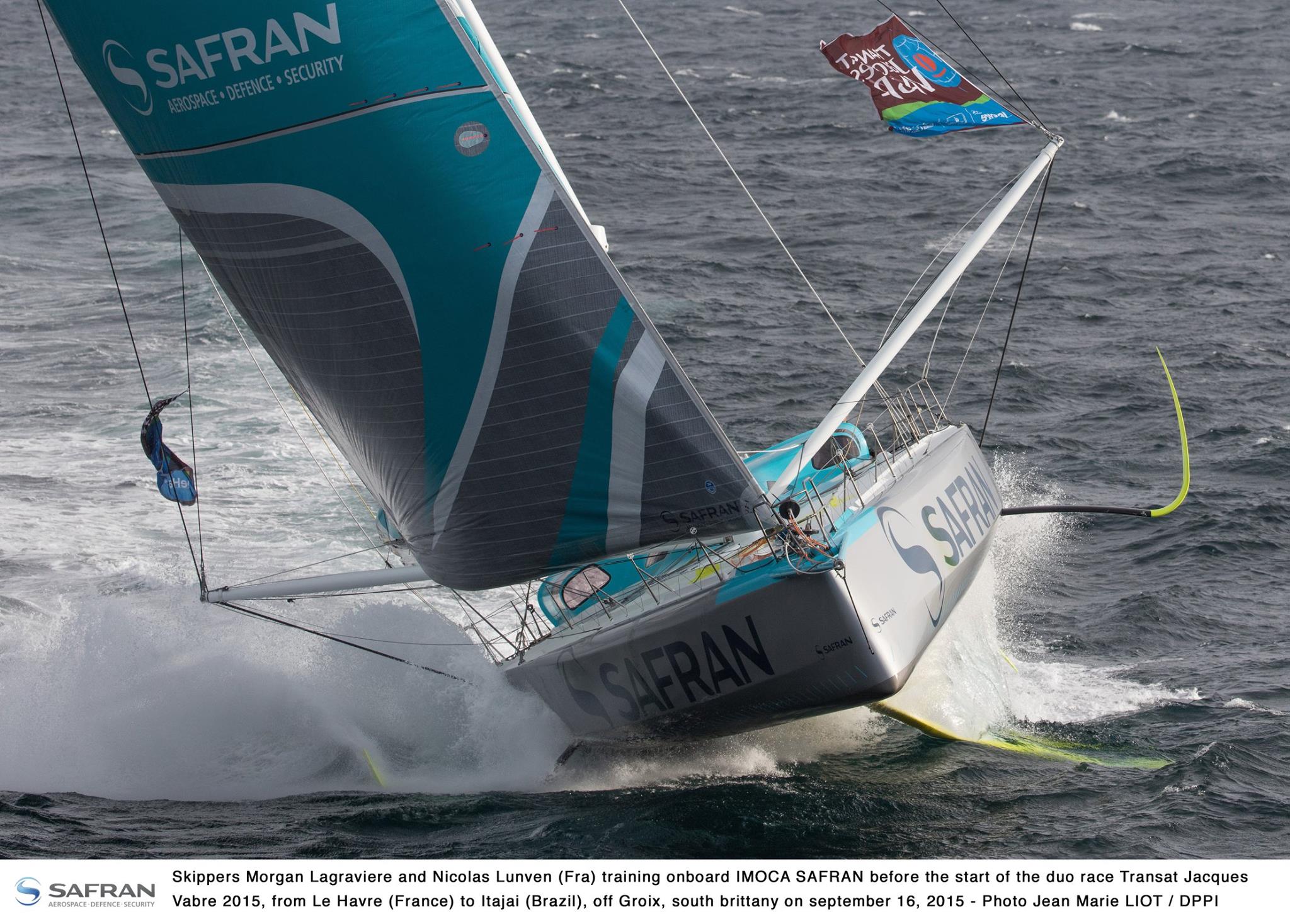

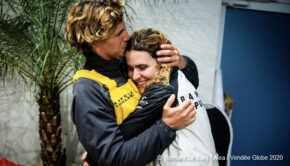
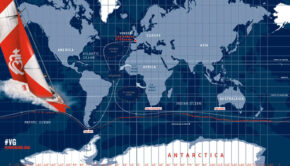

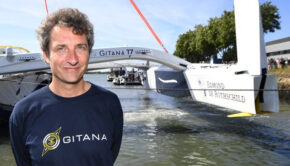
 We’ll keep your information safe.
We’ll keep your information safe.